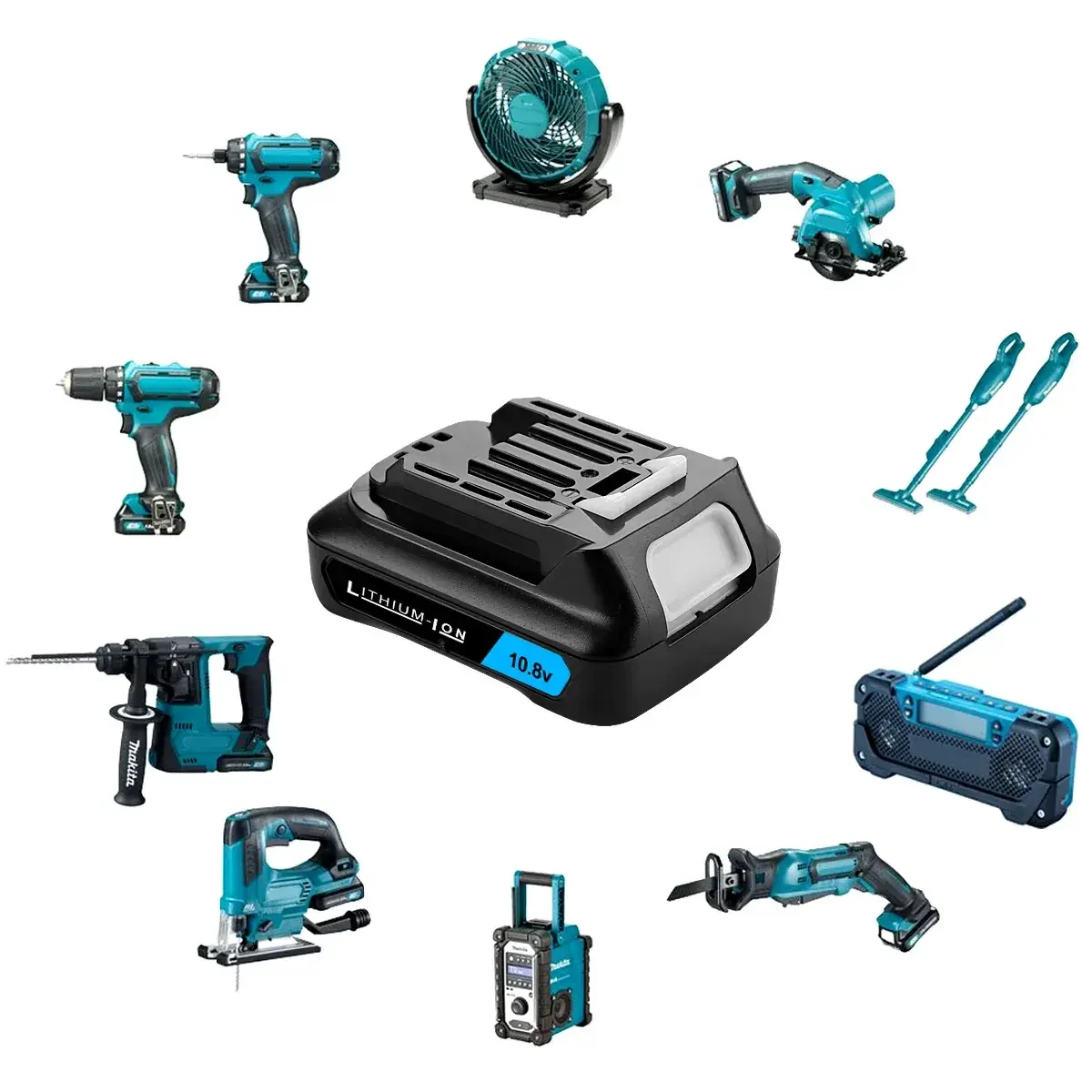Cordless Vs. Corded Power Tools: Which Is Right For You?
Choosing between corded and cordless power tools depends on your workflow, mobility needs, and budget. This article helps DIYers, professionals, and outdoor enthusiasts select the right tools by comparing performance, cost, and convenience.

When choosing between cordless and corded power tools, consider your work environment and specific needs. Cordless tools offer portability and convenience, making them ideal for jobs where mobility is crucial or in areas without easy access to power outlets. However, they often have limited battery life and require recharging. Corded tools, on the other hand, provide continuous power without the need for recharging, making them more suitable for extended, heavy-duty tasks. Ultimately, the decision depends on whether you prioritize flexibility and convenience or consistent, long-lasting power for more demanding tasks.
1. Key Differences Between Corded and Cordless Tools
Compare core features at a glance to identify the best fit for your projects:
| Feature | Corded Tools | Cordless Tools |
| Power Delivery | Unlimited, stable line voltage | Limited by battery voltage and SOC |
| Mobility | Tethered—must stay near an outlet | Untethered—work anywhere |
| Run-Time | Continuous | Depends on battery capacity and spares |
| Weight | Lighter tool body, no battery attached | Heavier with high-capacity packs |
| Upfront Cost | Lower tool-only price | Higher kit cost (tool + batteries) |
| Ongoing Cost | Electricity and cord maintenance | Battery replacements and chargers |
| Best For | Bench/indoor work, heavy-duty tasks | Remote sites, quick-response jobs |
2. Advantages & Limitations of Corded Tools
Benefits:
- Unlimited run-time
- Higher sustained torque
- Lower initial investment
- Lighter tool-only weight
Drawbacks:
- Limited mobility
- Cord management hassle
- Potential voltage drop over long cords
- Requires access to power outlets outdoors
Ideal Use Cases:
- Stationary setups (e.g., bench grinders, table saws)
- Heavy drilling and cutting tasks
- Indoor renovations near power sources
3. Flexibility & Trade-Offs of Cordless Tools
Benefits:
- True portability—no cords
- Instant setup, no extension cords needed
- Expanding battery ecosystems across tool lines
- Modern packs rival corded power for many tasks
Drawbacks:
- Limited run-time per charge
- Higher upfront kit costs
- Added battery weight
- Capacity fade over charge cycles
Ideal Use Cases:
- Outdoor or remote work sites
- Emergency or one-off repairs
- Multi-location workflows
4. Total Cost of Ownership (TCO) Comparison
Estimate 5-year costs for a typical drill setup:
- Corded Drill: \$59 tool + \$30 electricity = \$89 total
- Cordless Kit:** \$299 kit +\ $200 battery replacements =\ $499 total
Consider both purchase price and ongoing expenses when planning your toolkit.
5. Technical FAQs & Considerations
1. Can Cordless Tools Match Corded Torque?
Most modern 18 V–60 V brushless systems deliver up to 90% of corded torque for common tasks.
2. How Long Do Cordless Batteries Last?
Expect 500–1,000 cycles; store at 40–60% SOC and avoid extreme temperatures (<0 °C or >45 °C).
Safety Risks to Know:
- Corded: Trip hazards, possible shock risk.
- Cordless: Pack overheating, “brick” risk if over-discharged.
3. Do I Need Both Types?
Hybrid toolkits are popular: use corded tools for base-camp work and cordless models for mobility.
6. 2025 Brand & Model Recommendations
Top picks to suit budgets and applications:
- Budget Corded Drill: DeWalt DWD112 (\$59)
- Pro-Grade Corded Saw: Bosch GTS10XC (\$499)
- Midrange Cordless Kit: Makita 18 V LXT (2×5 Ah + charger, \$299)
- High-Power Cordless Combo: DeWalt FlexVolt (20 V/60 V Max, 2×6 Ah, \$499)
Finally
Make an informed decision and gear up for success in all your projects!